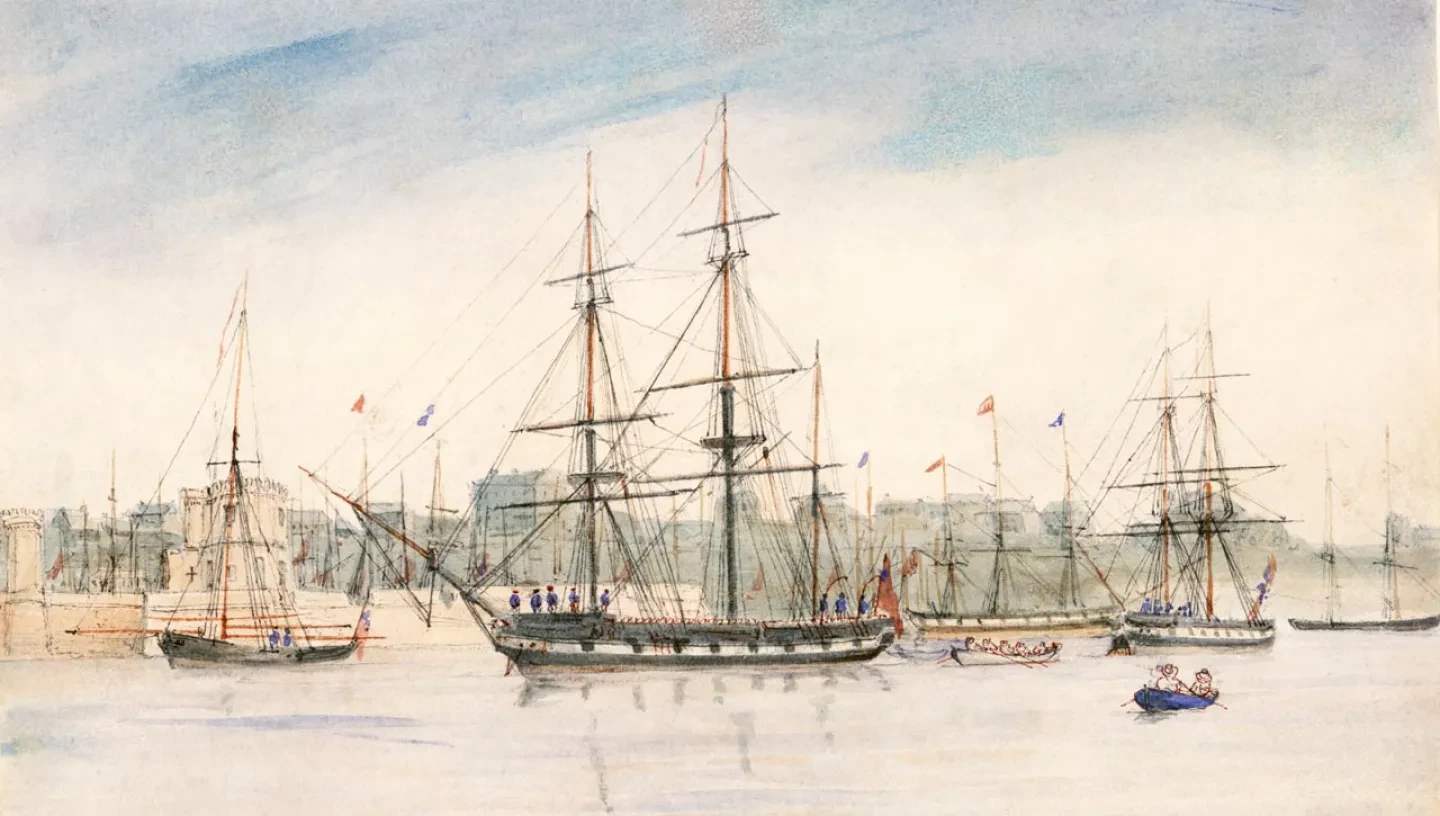
Beagle was a Royal Navy ship, famed for taking English naturalist Charles Darwin on his first expedition around the world in 1831–36.
Beagle was launched at Woolwich Dockyard, London, in 1820. She was originally a 10-gun brig sloop, but as there was no immediate active use for her, she was refitted and allocated as a surveying vessel, under the command of Captain Robert FitzRoy. Her most famous passenger was the English naturalist Charles Darwin, who wrote about his five-year expedition aboard her in his travel memoir, The Voyage of the Beagle.
What exploratory voyages did Beagle go on?
Beagle's first voyage of exploration was to South America, surveying Patagonia and Tierra del Fuego between 1826–30. The second voyage (1831–36) took her to South America and then around the world. Darwin was on board during this voyage, which became one of the most famous and important voyages of exploration ever made. Beagle's third and final voyage (1837–43) surveyed large parts of the Australian coast.
How big was Beagle?
The Beagle measured just 27 metres long and seven metres wide, and weighed 235 tons. She underwent a number of improvements throughout her life on the seas. For example, her hull was reinforced and a mizzen-mast (a third mast) was added to make her more manoeuvrable in shallow coastal waters.
What scientific equipment did she carry?
The Beagle voyages under Captain Robert FitzRoy saw the use of scientific technology such as theodolites, chronometers and barometers used to provide accurate survey information for new charts and, equally important, meteorological data and weather forecasting.
The Darwin voyage was the first time the Beaufort wind scale was used for wind observations. The crew also undertook various experiments and, despite some disappointments, they produced useful results. They were especially successful in the measurement of earthquakes during experiments in 1835.
What happened to Beagle?
She was transferred to the coastguard in 1845 and moored on the River Roach in Essex. She was renamed WV7 – Watch Vessel 7 – in 1859. In 1870 she was sold off to be broken up.